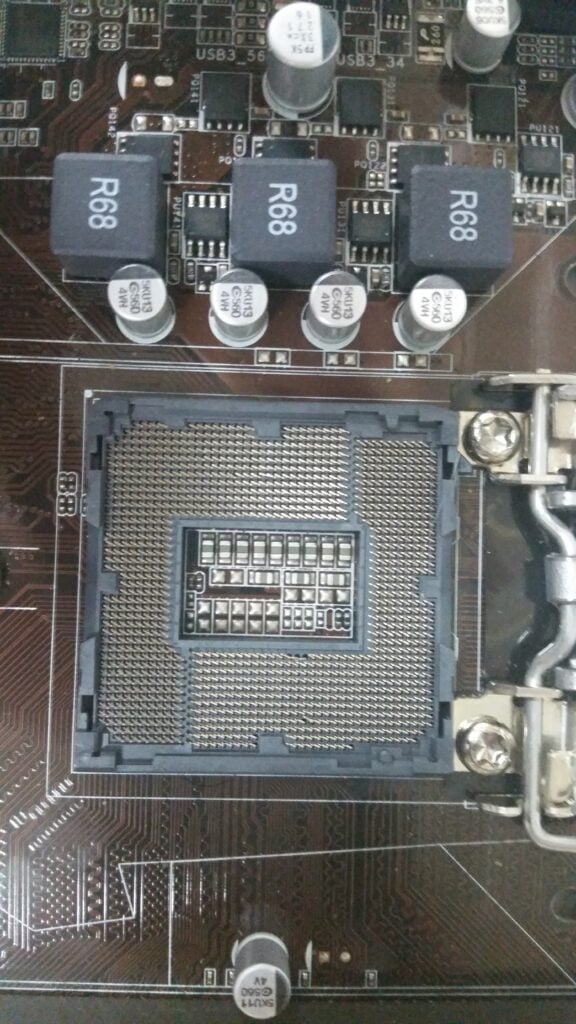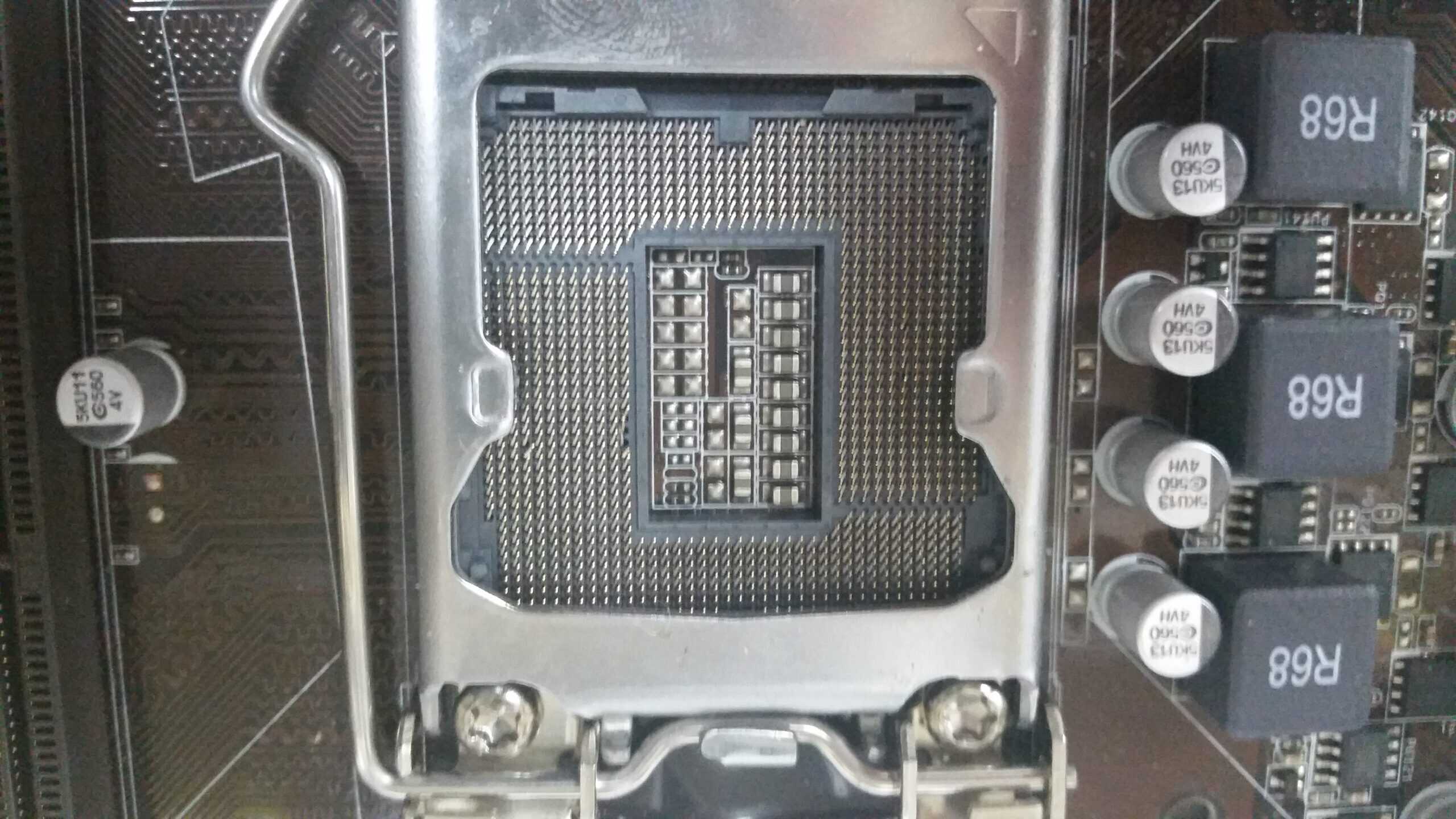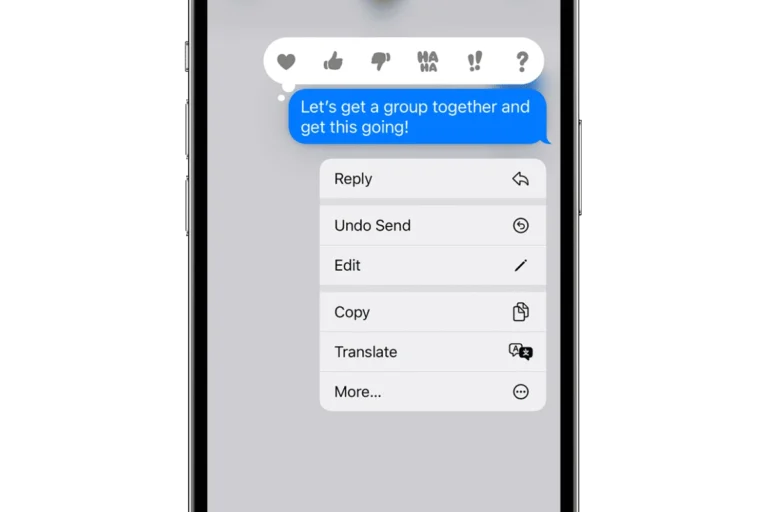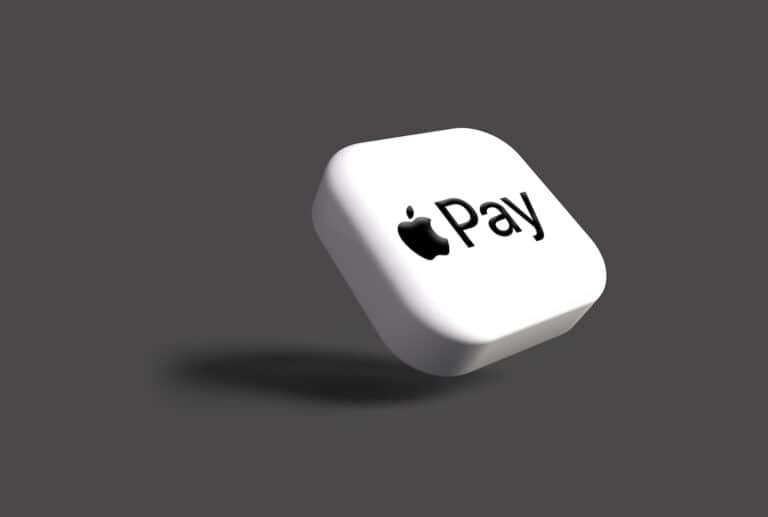Motherboard maintenance is an integral part of computer upkeep, and bent pins are a common issue that can occur, particularly during the installation or upgrade of a CPU. Bent pins on a motherboard or CPU can disrupt the delicate connections required for a computer to function properly. Addressing this problem carefully can restore the motherboard to full operation without the need for costly replacements.

When confronted with bent pins, the first step is to assess the extent of the damage and determine if the pins are bent or broken. Minor bends can often be corrected using precision tools and a steady hand. The process demands a gentle touch to realign the pins to their original position, ensuring that they can once again make proper contact with the CPU or other components. Fixing bent pins is a precise task that can save both time and money, but it requires careful attention to detail to avoid further damage.
Key Takeaways
- Bent pins on a motherboard can be realigned with careful handling.
- Proper assessment of pin damage is crucial before attempting repairs.
- Precise tools are required to correct the alignment of motherboard pins.
Assessing the Damage
Before attempting any repairs on bent CPU pins, it’s critical to evaluate the situation carefully. This assessment prevents further damage and ensures the right approach to restoration.
Identifying Bent Pins
Inspect the CPU and motherboard socket using a magnifying glass to spot bent pins. Look closely to detect any pins that don’t align with others. This precision helps you understand the extent of the physical damage.
Understanding Pin Functionality
Each CPU pin plays a part in your computer’s operation. The motherboard socket, whether Land Grid Array (LGA) or Pin Grid Array (PGA), connects to the processor, enabling communication and power delivery. Bent pins can interrupt these connections, affecting your computer’s performance.
Risks of Damaged Pins
Bent or damaged pins are delicate and can cause instability or permanent damage to your computer’s motherboard. Handling them with care is essential to prevent further damage to these delicate components. Incorrect alignment might not only impede performance but could also short-circuit the motherboard, leading to failure.
Repairing Bent Pins
Repairing bent pins on a motherboard requires patience, a careful approach, and the right tools. It’s critical to address the bent pins with precision to avoid damaging the motherboard and affecting its functionality.
Gathering the Right Tools
- Tweezers: Preferably precision or needle-nosed for fine control.
- Plastic Card: A thin and rigid card, like a credit card, can help with alignment.
- Magnifying Glass: Enhances visibility to ensure accurate repairs.
- Clean Workspace: Free from static and well-lit to avoid mishaps.
Straightening Pins
- Power Down: Make sure the computer is off and disconnected from all power sources to prevent electrical damage.
- Remove CPU: If necessary, take the CPU out of the socket to get better access to the motherboard pins.
- Static Safety: Before touching the motherboard, ground yourself to prevent static discharge that could harm electronic components.
- Visibility: Use the magnifying glass to get a closer look at the arrangement of the pins.
- Alignment: Start aligning the bent pins using the tweezers. Bend the pins back into place gently and gradually.
- Consistency: Check that the straightened pins match the pattern and height of the surrounding pins.
- Patience: Take your time; rushing could lead to further bending or breakage.
Testing the Repair
- Visual Inspection: After straightening, inspect the pins once more to confirm they are correctly aligned.
- Reconnect CPU: Carefully reinstall the CPU into the socket and secure it according to the manufacturer’s instructions.
- Boot Computer: Turn on the computer and observe if it boots up without issues.
- Additional Checks: If the computer starts, check the system’s hardware recognition within the BIOS or operating system to confirm all components are functioning.
Frequently Asked Questions
This section addresses common queries regarding the repair and implications of bent pins on a motherboard.
What are the symptoms of bent pins on a motherboard?
Symptoms may include the computer failing to boot, system instability, or the inability to recognize connected hardware.
Is it possible to repair bent pins on a motherboard?
Yes, with caution and the right tools, such as tweezers or a mechanical pencil, one can often realign bent pins carefully.
How can you tell if your motherboard’s pins are bent?
Visual inspection is the primary method. Power down the computer, open the case, and inspect the CPU socket for any pins that are not perfectly aligned with others.
What should you do if your CPU has bent pins after installation?
The CPU must be carefully removed. Using precision tools, attempt to gently straighten the pins, taking care not to apply excessive force.
Do motherboards with bent pins still fall under warranty coverage?
Warranty policies vary by manufacturer, but typically, physical damage such as bent pins is not covered.
How does having bent CPU pins impact computer performance?
Bent pins can hinder electrical connections, leading to performance issues such as failure to boot, system crashes, or even permanent damage to the motherboard and CPU.







